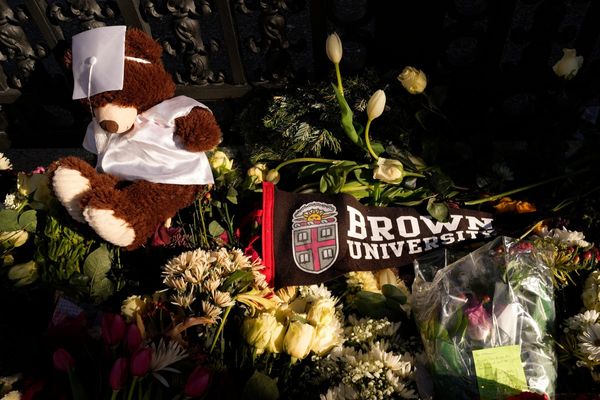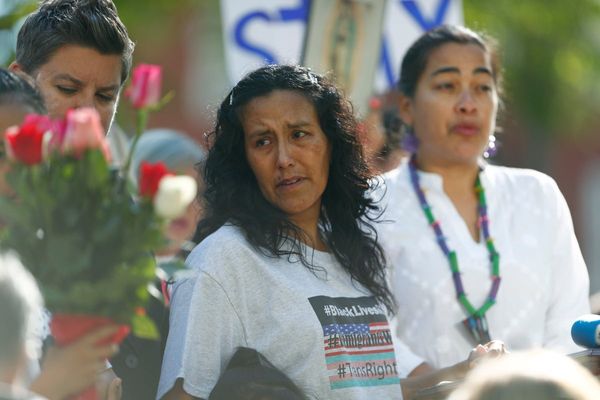
Travelling on the London Underground in a heatwave is not the nicest combination.
Packed with hordes of commuters at the best of times, when the temperature rises, commuters are left feeling more uncomfortable than normal when travelling on the Tube.
Temperatures are predicted to exceed 30C on some lines this summer, so knowing when the best time to jump aboard could be a lifesaver.
Transport for London (TfL) has advised people to look out for each other and make sure they are carrying water when travelling.
If you are wanting to plan your journey, here are the busiest times and lines are on the London Underground.
What are the busiest times?
On weekdays, the morning rush hour (7.30am to 9am) and evening rush hour (5pm to 7pm) are typically regarded as the busiest times on the Tube.
If you want to avoid large crowds, you can travel at quieter times, which TfL says are between 8.45am - when rush hour is starting to quieten down - and 5pm.
The best time to avoid the rush is between 5pm and 6.30pm so experts advise travelling after this point on weekdays.
It is a different story at the weekends, with TfL saying the best times to travel if you want it slightly quieter is before noon and after 6.30pm.
But TfL data also shows that if you have to go to the office in the week, it is best to travel on Mondays and Fridays as these are generally quieter days to travel compared to Tuesdays, Wednesdays and Thursdays.
The analysis has shown that 13 per cent fewer customers travel on a Monday morning peak as to compared to the rest of the weekdays and 28 per cent fewer customers travel on a Friday morning peak.
What are the busiest lines?
The busiest lines are generally considered to be the Elizabeth Line, Northern Line, Jubilee Line, Victoria Line, and Central Line.
TfL announced in January that, since opening in 2022, the Elizabeth Line has more than 500 million journeys under its belt, and that it’s officially the UK’s busiest train line.
According to recent analysis by engineering firm Arup and TfL, the two main reasons why people used the route were shorter travel times and fewer interchanges. London's newest line makes more than 800,000 trips on its busiest days.
Do prices increase at the busiest times?
TfL charge higher fares at the busiest times of the day. You will be charged more if you travel at peak fare hours (listed above).
A peak time Tube fare in Zone 1 on the London Underground is currently around £2.80, while an off-peak fare in the same zone is around £2.70
Zones also play a significant part, with a journey in Zone 1 is typically more expensive.
From March 2, Tube fares will increase at different rates in different areas of the network: a single pay-as-you-go fare in Zone 1 will rise by 10p from its current price of £2.80 to £2.90.
The daily cap for travelling only in zones 1 and 2 will go up by 40p to £8.90 per day. But it is the cost of travelling between zones 1 and 3 that will rise the most, with the daily cap increasing by 50p to £10.50.







